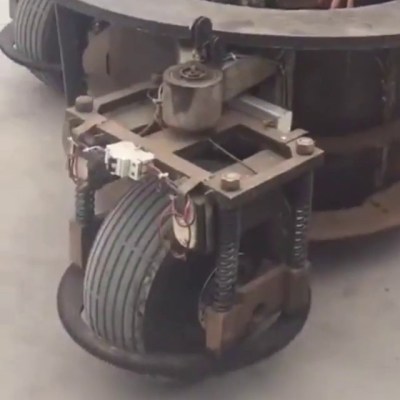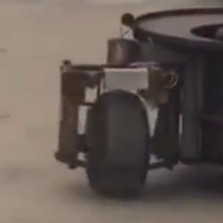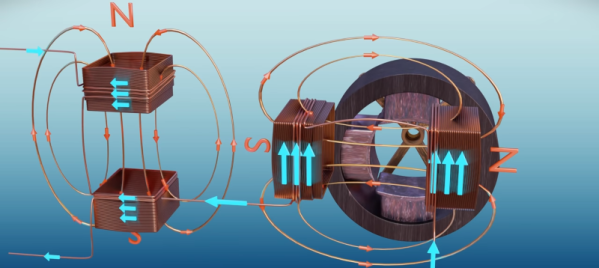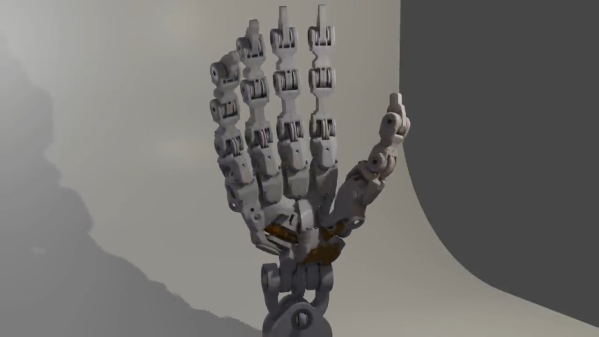In a post-apocalyptic world, this is the hacker you want rebuilding society. He’s showing off a three-wheeled go-kart that pivots the cockpit as it steers. A hand crank mounted at the center of the vehicle pivots each of the three wheels in place, but keeps the driver facing forwards with a matching rotation. Hit up the video after the break to see it for yourself.
 The real question here is, how did he pull this off? The watermark on the video shows that this was published by [wo583582429], a user on Douyin (the platform known as TikTok in the US). We plied our internet-fu but were unable to track down the user for more of the juicy details we crave. If you have a lead on more info, leave it in the comments below. For now, please join us in speculating on this build.
The real question here is, how did he pull this off? The watermark on the video shows that this was published by [wo583582429], a user on Douyin (the platform known as TikTok in the US). We plied our internet-fu but were unable to track down the user for more of the juicy details we crave. If you have a lead on more info, leave it in the comments below. For now, please join us in speculating on this build.
This is a pretty good closeup of one of the wheel assemblies. First question is how does the turning mechanism work? Since all three wheels and hub are smoothly coordinated it’s likely this is a planetary gearing setup where the inner ring has teeth that turn the rings around the tires themselves. However, we can see a spring suspension system which makes us doubt the lower ring surrounding the tire would stay engaged with a planetary gear. What do you think?
Trying to figure out how control and locomotion happens is even more of a head-scratcher. First guess is that it’s electric from the mere simplicity of the setup and this closeup shows what looks like a circuit breaker and wires connecting to batteries on either side of the suspension system. But where is the electric motor?
 It’s a horrible image, but this is the best we can do for a view of the other side of the wheel assembly. There is a box that appears to be made from aluminum mounted to the wheel frame. After a few hundred times through the demo video we don’t think there’s a chain drive going down to the axle. It doesn’t look like there is a hub motor at play here either. We wondered if there was a second smaller wheel under the top of the frame to drive the main tire, but again, the suspension system would make this unfeasible and at points in the video there is clear daylight. Spend some time reviewing the
It’s a horrible image, but this is the best we can do for a view of the other side of the wheel assembly. There is a box that appears to be made from aluminum mounted to the wheel frame. After a few hundred times through the demo video we don’t think there’s a chain drive going down to the axle. It doesn’t look like there is a hub motor at play here either. We wondered if there was a second smaller wheel under the top of the frame to drive the main tire, but again, the suspension system would make this unfeasible and at points in the video there is clear daylight. Spend some time reviewing the Zapruder demo film below and when you figure all of this out, clue the rest of us in please!
It’s awesome seeing bootstrapped vehicles come to life. One of our favorites remains this all-terrain motorcycle that has no problem taking on stairs.
Continue reading “Three-Wheeled Turret Car Looks Like It Should Be Orbiting Thunderdome” →





















